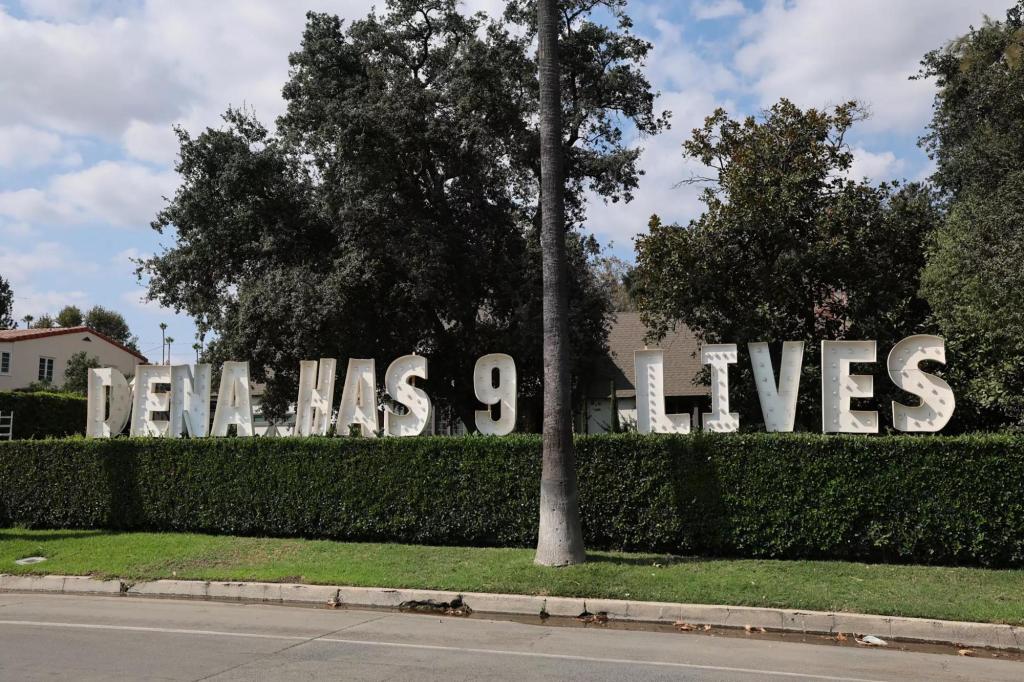The catastrophic wildfires that swept through Los Angeles County in January 2025 left behind a landscape of unprecedented destruction. The Eaton and Palisades fires carved through 59 square miles of Southern California—an area more than twice the size of Manhattan—reducing vibrant neighborhoods in Altadena and Pacific Palisades to expanses of ash, twisted metal, and charred skeletal remains of once-majestic trees.
In the immediate aftermath, federal disaster officials mobilized with remarkable speed, deploying thousands of personnel to begin the monumental task of debris removal and environmental remediation. However, as residents begin to contemplate rebuilding their lives and communities, a complex debate has emerged about whether the urgency to restore normalcy may have compromised crucial safety protocols.
The Scale of Destruction and Initial Response
The magnitude of the January fires represented one of the most severe wildfire disasters in Los Angeles County’s recorded history. The destruction was not merely extensive but complete in many areas, with entire residential blocks reduced to foundations and debris fields. The fires consumed not just homes and businesses, but also critical infrastructure including power lines, water systems, and transportation networks.
Federal Emergency Management Agency (FEMA) and state officials responded with an aggressive timeline for debris removal, recognizing that rapid cleanup would be essential for both public health and community morale. The deployment of thousands of cleanup crews, heavy machinery, and specialized equipment represented one of the largest disaster response efforts in California’s recent history.
Environmental Challenges in Fire Cleanup
Wildfire debris presents unique environmental and health challenges that extend far beyond typical construction waste. When homes and businesses burn, they release and leave behind a complex mixture of hazardous materials including asbestos from older buildings, lead paint residues, household chemicals, electronics components, and various plastics that create toxic compounds when burned.
The soil itself becomes contaminated with these substances, along with fire retardants used during firefighting efforts. This contamination can persist for years if not properly remediated, potentially affecting groundwater, air quality, and the health of future residents.
The Speed vs. Safety Dilemma
As cleanup operations progressed at an unprecedented pace, concerns began to emerge from multiple stakeholders about whether adequate safety measures were being implemented. The tension between rapid recovery and thorough environmental protection represents one of the most challenging aspects of post-disaster management.
Residents’ Concerns About Hasty Cleanup
Many residents, while eager to begin rebuilding their lives, have expressed worry that the emphasis on speed may compromise long-term safety. These concerns include questions about soil testing protocols, air quality monitoring during debris removal, and the thoroughness of hazardous material identification and removal.
Community advocates point to previous disaster cleanups where initial rapid response later proved insufficient, requiring additional remediation efforts that proved both costly and disruptive to rebuilding efforts. The fear is that cutting corners now could lead to health problems for future residents or environmental complications that could delay or complicate reconstruction projects.
Official Justifications for Rapid Response
Emergency management officials defend the accelerated timeline, citing several critical factors that necessitate swift action. Prolonged exposure to fire debris poses immediate health risks to surrounding communities through air quality degradation and potential groundwater contamination. Additionally, debris left in place can become a source of ongoing fire risk, particularly as California enters subsequent fire seasons.
Officials also emphasize that rapid cleanup is essential for maintaining community cohesion and preventing the long-term displacement that can occur when disaster recovery is prolonged. Economic considerations play a role as well, as extended cleanup operations become exponentially more expensive and logistically complex over time.
Regulatory Framework and Oversight Challenges
The cleanup of wildfire debris operates under a complex web of federal, state, and local regulations designed to protect public health and the environment. However, disaster situations often require expedited procedures that can create tensions with standard environmental protection protocols.
Environmental Protection Agency Involvement
The Environmental Protection Agency (EPA) plays a crucial role in overseeing the cleanup of hazardous materials in disaster zones. Their involvement includes establishing protocols for identifying and safely removing contaminated debris, monitoring air and water quality during cleanup operations, and ensuring that disposal methods meet federal standards.
However, the agency must balance these responsibilities with the practical realities of disaster response, often requiring adaptive approaches that may differ from standard environmental remediation procedures.
Implications for Future Wildfire Response
The debate surrounding LA’s wildfire cleanup has significant implications for how California and other fire-prone regions approach post-disaster recovery. The lessons learned from this experience will likely influence policy decisions for years to come.
Technological Solutions and Innovations
Emerging technologies offer potential solutions to the speed versus safety dilemma. Advanced soil testing methods can provide rapid contamination assessments, while improved air quality monitoring systems can provide real-time data on environmental conditions during cleanup operations. Robotics and automated systems may also enable safer and more efficient debris removal in heavily contaminated areas.
Community Engagement and Transparency
The controversy has highlighted the importance of maintaining transparent communication with affected communities throughout the cleanup process. Residents’ concerns about safety protocols reflect a broader need for disaster response agencies to balance operational efficiency with community engagement and public accountability.
Long-term Recovery Considerations
Beyond the immediate cleanup efforts, the LA fires have raised important questions about long-term recovery planning and community resilience. The goal extends beyond simply removing debris to creating conditions that support sustainable rebuilding and future fire resistance.
This includes considerations about updated building codes, infrastructure improvements, and landscape management practices that could reduce vulnerability to future fires. The cleanup phase represents just the first step in a multi-year recovery process that will ultimately determine how successfully these communities can rebuild and adapt.
Key Takeaways
- Unprecedented scale: The January 2025 LA wildfires destroyed 59 square miles, requiring one of the largest cleanup operations in California history
- Complex contamination: Wildfire debris contains multiple hazardous materials including asbestos, lead, chemicals, and toxic compounds from burned plastics
- Speed vs. safety tension: Federal officials prioritized rapid cleanup while some residents worry about compromised safety protocols
- Health implications: Both prolonged debris exposure and potentially inadequate cleanup pose public health risks
- Regulatory challenges: Disaster response often requires expedited procedures that may conflict with standard environmental protection protocols
- Future implications: This cleanup effort will likely influence wildfire response policies and procedures for years to come
- Technology opportunities: Advanced testing and monitoring technologies could help resolve speed versus safety conflicts in future disasters
This article is based on reporting from the original source

Born and raised amidst the hustle and bustle of the Big Apple, I’ve witnessed the city’s many exciting phases. When I’m not exploring the city or penning down my thoughts, you can find me sipping on a cup of coffee at my favorite local café, playing chess or planning my next trip. For the last twelve years, I’ve been living in South Williamsburg with my partner Berenike.

